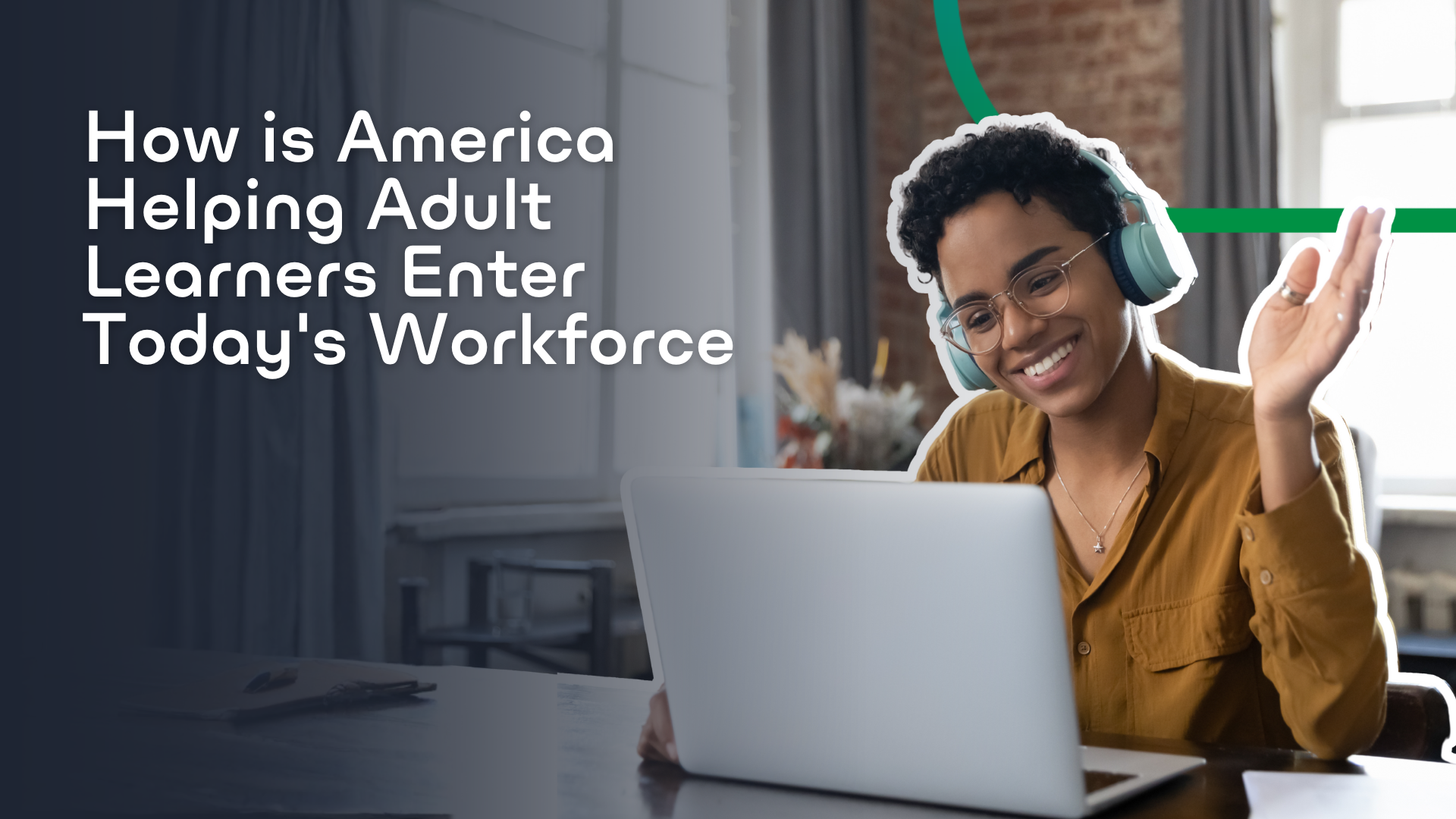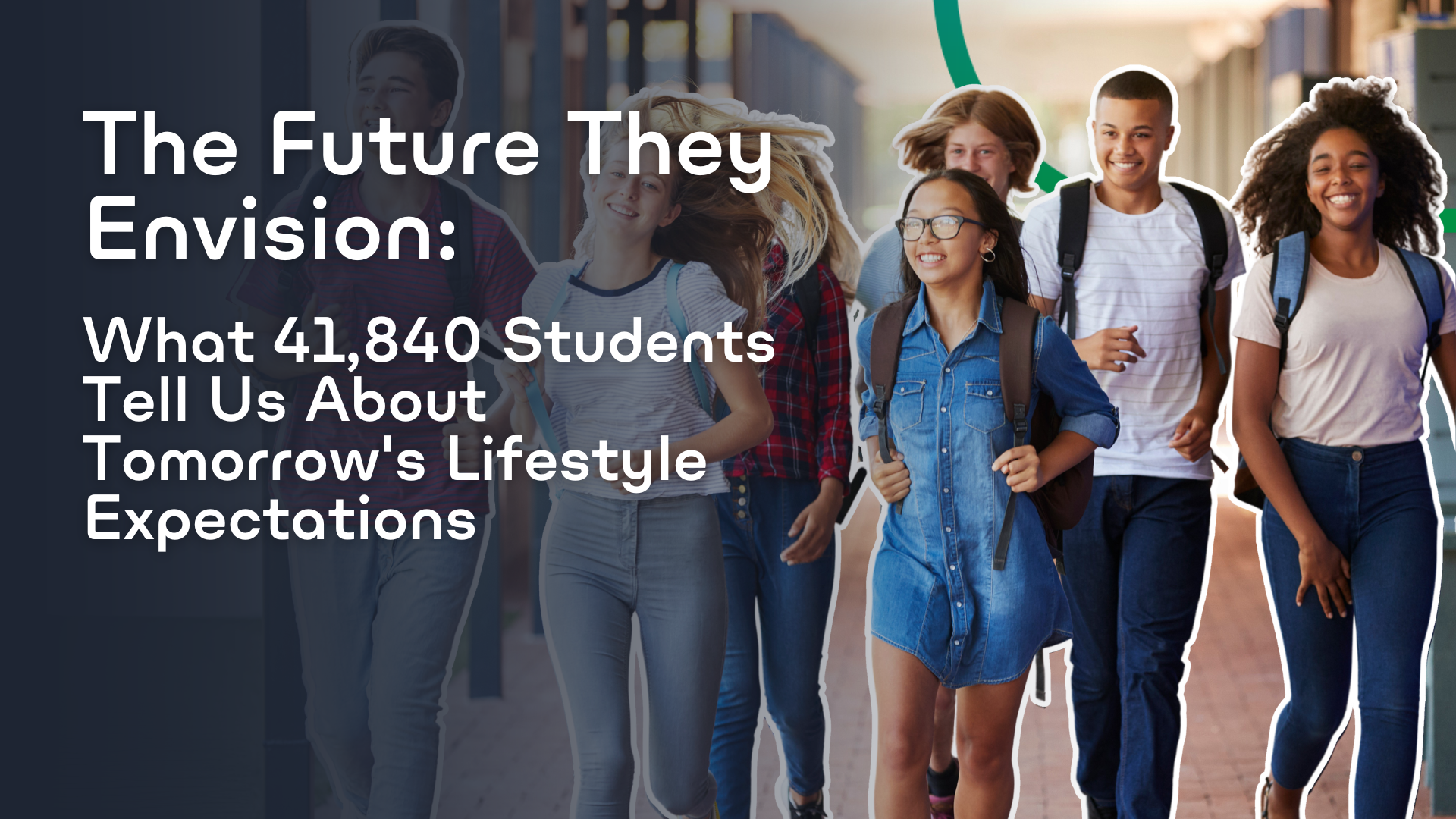Are Today's Students Really Less Prepared for Work?
If you've been following workplace conversations lately, you've probably heard the refrain: "New graduates just aren't ready for the real world anymore."

If you've been following workplace conversations lately, you've probably heard the refrain: "New graduates just aren't ready for the real world anymore." It's a complaint that's become almost cliché in break rooms and LinkedIn posts across America. But is there any truth to it, or is this just another case of older generations grumbling about "kids these days"?
The data suggests this isn't just nostalgia talking—there's a genuine shift happening, and it's worth understanding why.
The Numbers Don't Lie
84% of hiring managers say most high school graduates aren't prepared to enter the workforce, according to the U.S. Chamber of Commerce's 2025 report. Even more telling? 80% believe recent graduates are less prepared than those from previous generations.
But it's not just employers sounding the alarm. The students themselves sense something's off. Only 34% of college students feel confident they'll graduate with the skills they actually need for the job market. And among recent graduates? Just 24% say they had all the skills required for their first job, while a staggering 85% wish their education had done more to prepare them.
These aren't small gaps—they're chasms. And they're costing the U.S. economy an estimated $160 billion annually in lost productivity and innovation.
So What Changed?
The irony is hard to miss: we have more access to education and information than ever before, yet students seem less workplace-ready. How did we get here?
Over the past 20 years, American education has become increasingly focused on standardized testing and college admission metrics. While this pushed academic rigor in certain areas, it came at a cost. Hands-on learning, practical problem-solving, and real-world application often got squeezed out of the curriculum.
Remember when having an after-school job was just what teenagers did? Those opportunities have declined dramatically. Fewer students are getting early work experience through part-time jobs, internships, or vocational programs. That means many graduates reach adulthood without ever navigating a professional environment, managing a schedule outside their control, or dealing with a difficult coworker or customer.
Yes, technology has enhanced learning in countless ways. But there's a flip side. Employers consistently report that recent graduates struggle with face-to-face communication, teamwork, and interpersonal skills—competencies that don't develop as naturally through screens.
Automation, artificial intelligence, remote work, digital-first operations—the modern workplace looks radically different than it did even a decade ago. But education systems, by their nature, adapt slowly. The result? Graduates trained for a world that's already evolved.
Students in well-funded suburban districts often have access to robust Career and Technical Education (CTE) programs, modern technology, and industry connections. Students in under-resourced or rural schools? Not so much. This equity gap means preparedness varies wildly depending on your zip code.
Who Pays the Price?
Graduates struggle to find jobs that match their education level, leading to widespread underemployment. Their career growth stalls, and financial independence gets delayed.
Employers are forced to shoulder training responsibilities that used to be shared with schools. Small businesses especially struggle—they can't always afford extensive onboarding programs.
The economy loses out on innovation and productivity while positions go unfilled and talent sits underutilized.
How Do We Fix This?
The good news? This isn't an unsolvable problem. It requires rethinking what students need to prepare life after graduation. This doesn’t mean more tests. It means encouraging students to discover their interests and make plans from there; increase work-based learning from mentorships, to internships, to apprenticeships.
Bring back applied learning. Not every student needs calculus, but every student needs to know how to work on a team, communicate professionally, and solve problems creatively. Career and Technical Education programs shouldn't be seen as a "backup plan"—they should be integrated pathways available to all students.
Make work experience the norm again. Paid internships, apprenticeships, and mentorship programs give students real-world context before they're thrown into the deep end. Schools should partner with local businesses to create these opportunities.
Teach the soft skills explicitly. Communication, adaptability, critical thinking—these aren't skills students will magically develop. They need to be taught, practiced, and refined through collaborative projects and real feedback.
Get educators and employers in the same room. Curricula should be developed with input from the industries students will actually enter. Regular collaboration ensures what's being taught remains relevant to what's actually needed.
Equity, Equity, Equity. Every student, regardless of background or location, deserves access to quality programs, modern technology, and career preparation resources.
The Bottom Line
Today's students aren't less capable or less intelligent than previous generations. But they're navigating an education system that hasn't fully adapted to the world they're entering. The disconnect between academic achievement and workplace readiness has grown too wide to ignore.
This isn't about pointing fingers—it's about acknowledging a systemic challenge and committing to solutions. Because when we get this right, everyone wins: students launch more successful careers, employers find qualified talent, and the economy thrives.
The workforce readiness gap isn't inevitable. It's fixable. But only if we're willing to bridge the divide between the classroom and the real world.




.jpeg)

.webp)